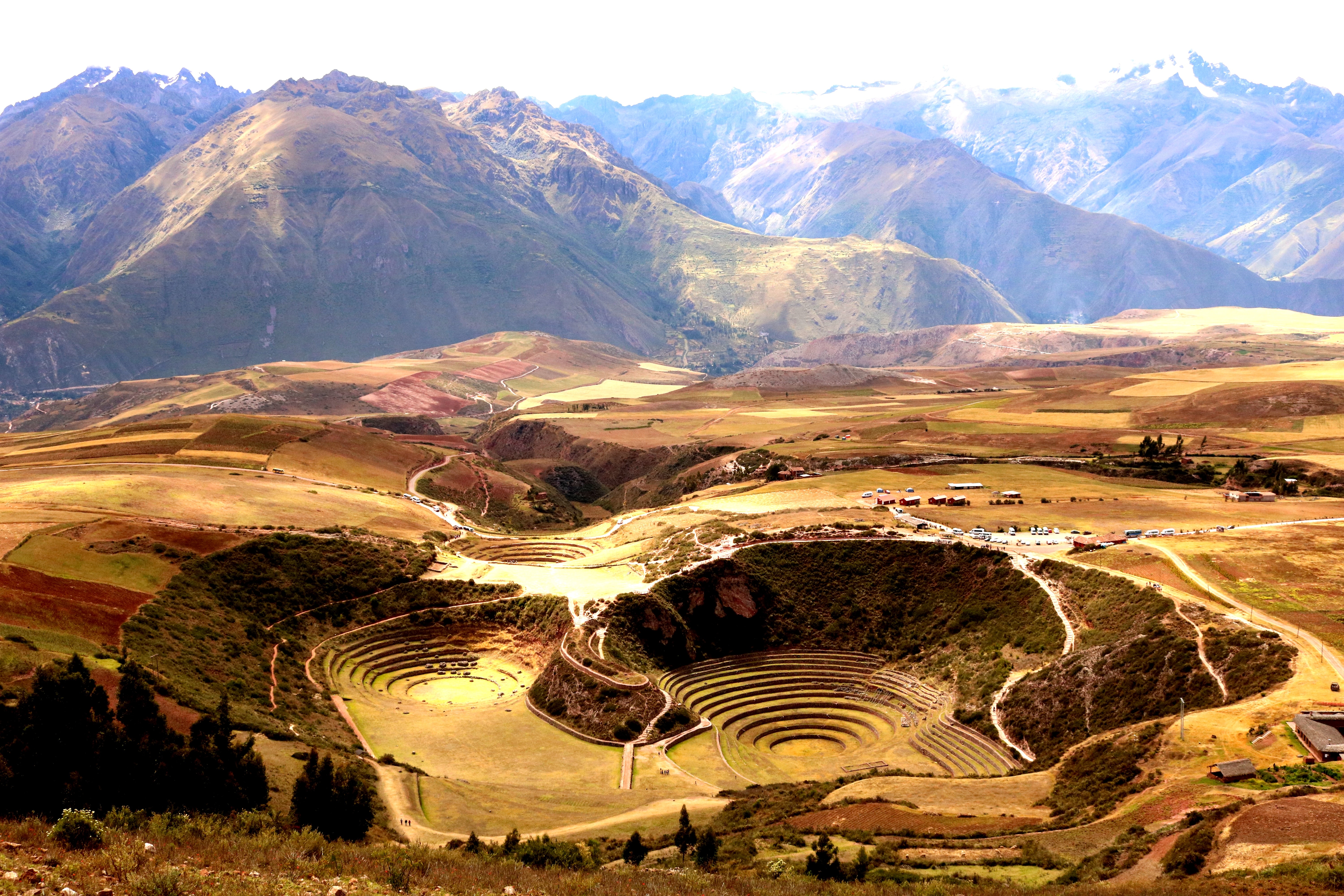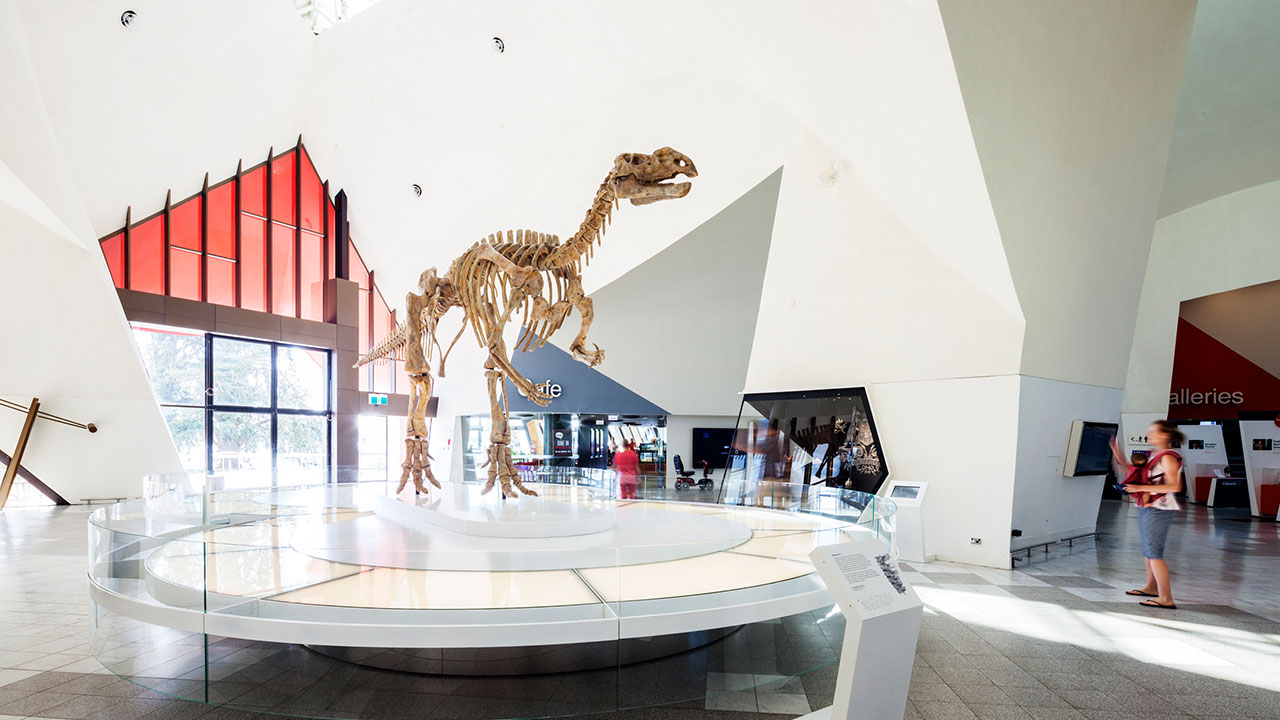VISION FOR THE ANTHROPOCENE | Thinking about environmental futures with the underground

Visual tropes that help us understand the Anthropocene are commonly surface-focused. Devastating images of the impacts of disasters such as bushfires and floods, pollution emanating from factories and vehicles, climate migration, and icecaps melting, are emblematic of the so-called era of men [sic], the Anthropocene. The relevance of these surface dynamics notwithstanding, they are literally the entry point to more complex dynamics. For that reason we might want to also look beneath our feet – to unearth a Subterranean Anthropocene.
The underground, for one, is critical in terms of how we define if and since when we are living in the Anthropocene. It is a geological proposition. While Cruzten and Stoermer declared in 2000 that we are now living in the new geographical epoch of the Anthropocene, technically, it was not for them to decide.
Geological epochs are formally declared by a series of internationally led processes, with the power to decide vested in the International Commission on Stratigraphy which is part of the International Union of Geological Sciences. In this context, the Anthropocene as such is still a proposition. The subterranean rock is still being read, they are trying to find the signature of capitalism, industrialisation or a material marker of the impacts of the mass extraction of (underground) fossil fuels. This is a paradoxical task. The (proposed) Anthropocene epoch is about reading a geological subterranean that is concurrently and systematically being extracted and burnt.
The subterranean Anthropocene is not only about ‘finding’ the impacts of human activity under our feet in layers underground; it is also about the potential value that underground spaces may have in future, particularly in cities. In their recent book, Underground Spaces Unveiled: Planning and creating the cities of the future, Han Admiraal and Antonia Cornaro suggest that the development of underground urban space has the potential to make our cities more sustainable. They note that “underground space will become vital for human survival in that it offers heat for energy and storage for water. It provides shelter, and the ability to create connections that bypass obstacles that we have created on the surface”. These propositions have inspired projects like Underground Green Farming with the potential of enhancing food availability under controlled climatic conditions and reducing ecological footprints by minimising the distance between place of production and place of consumption.
These projects, along with other infrastructure-related propositions for underground spaces, hold ample hope for technologically driven solutions to some of the challenges presented by the Anthropocene. Nevertheless, questions of accessibility, ownership, and management need to be critically engaged. Are subterranean propositions, including the declaration of the Anthropocene, something available only to wealthier nations? What notions of justice are embedded in this declaration? If we are aware that every single aspect of our lives is connected to the underground (from the food we eat to the metals contained in our mobile phones) how is the identification of a strata-layer underground going to help create a more just proposition not for the future, but for the present?
Declaring the Anthropocene is as much about unearthing, bringing the underground evidence of human activity to the surface, as it is about reasserting paradigms of knowing and acting. Therefore, there is a need to move beyond framing the underground as an extractible resource or an epochal script to asking what role the underground plays in helping society to craft thriving futures in the Anthropocene. It is about rethinking our relations with subterranean spaces. In relation to resources, this can be about leaving the underground to thrive without human presence. We must also keep asking questions about who owns, who has access, and who decides what our underground futures should look like. Therefore, my vision for a Subterranean Anthropocene is about emphasising the complexity of our relations with underground space, moving environmental debates beyond visual surface tropes, to develop a multi-dimensional discussion about the future.
Marilu Melo Zurita
Dr Marilu Melo Zurita is Lecturer in Human Geography in the School of Humanities and Languages, UNSW Sydney and Co-founder of Think Deep Australia.



